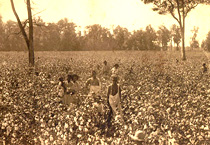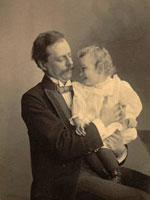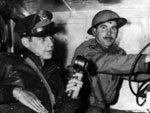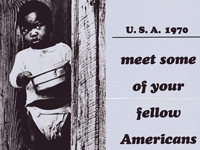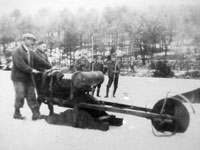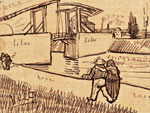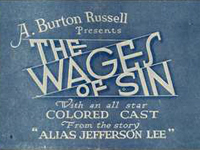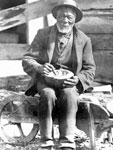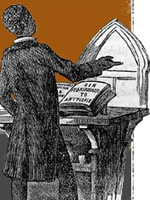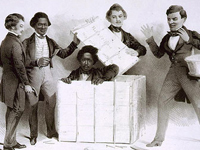NOTE: Unpublished as too commercial, 2/8/12
Historical World War II Photos claims to be the largest free collection of World War II photographs available online, digitized from the National Archives.
The downside to the site is that it's unclear whether registration is free or not. One page claims that you can sign up for a free seven-day trial, while the actual registration page simply states that the site is free.
Regardless of registration cost ambiguity, there is still plenty to do without signing up. Access to the photographs is free, and you can search by keyword or using a list of topics located on the main page. Once you find a photograph that you are interested in, you can select it for a large copy. Then click on "About image" in the toolbar above the photo for a list of information on the work—source, author, caption, location, categories, and more. If registered users have accessed the photo, they may have added annotations, such as comments, names of individuals pictured, and text transcriptions; connections, links to small informative pages; and spotlights, which appear to be notices that one or more users have marked the photograph as being of interest.
Take a look at a sample connection on Kristallnacht. The page offers a timeline, links to all the photos listed as related, facts, stories, and links. This information appears to be largely user-generated, so it would require fact-checking; but it could be a handy way to connect photographs to the bigger picture or to find photographs related to a particular event, person, or topic.
Without registering, all of the above can be accessed. What you can't do is participate in annotating, spotlighting, linking connections, or uploading your own World War II photos.
Even without the annotations, this website would be worth your time. The search system is easy to use, and breaks results down into categories, helping you to narrow your search.
